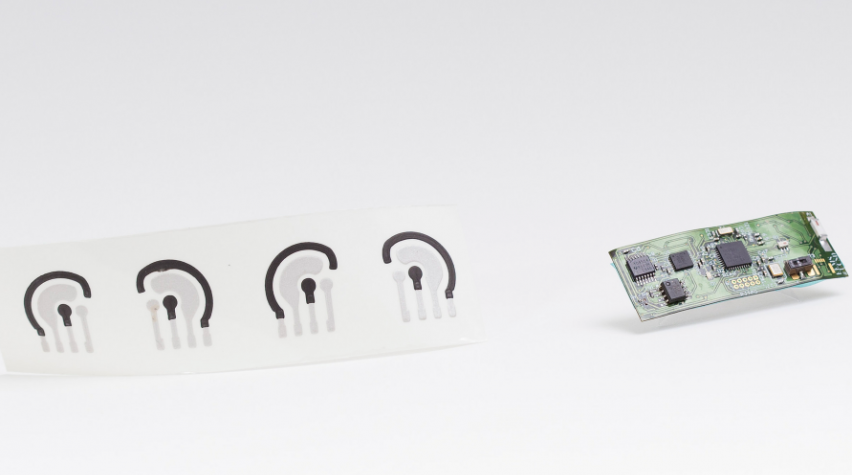
Not sure if you’ve had one too many? Engineers at the University of California San Diego have developed a small, flexible sensor that can answer that question. The sensor measures the wearer’s blood alcohol level from sweat and transmits data wirelessly to a device, such as a smartphone or laptop.
The device consists of a a temporary tattoo and a flexible electronic circuit board. The creators suggest that the device could prevent many road accidents by providing information to a driver’s car, preventing ignition when too much alcohol has been consumed.
Sweat offers a more accurate reading
Blood alcohol concentration is the most accurate indicator, but the less reliable breathalyzer is most often used because it doesn’t require pricking a finger. Sweat presents a new opportunity for measuring blood alcohol levels. Insensible sweat — perspiration that occurs without being perceived as moisture on the skin — provides an accurate measurement that lags up to two hours behind the actual blood alcohol level; however, sensible sweat is a much better real-time indicator, and thus the target of the UC San Diego engineers.
The researchers say their wearable sensor can accurately monitor alcohol levels in sweat within 15 minutes.
How it works
The tattoo works first by releasing pilocarpine to induce sweat. Then, the sweat comes into contact with an electrode coated with alcohol oxidase, an enzyme that selectively reacts with alcohol to generate hydrogen peroxide, which is electrochemically detected. That information is sent to the electronic circuit board as electrical signals. The data are communicated wirelessly to a mobile device.
To learn more about these engineers’ work, see the news release from UC San Diego and also check out the published paper.
Image: UC San Diego Jacobs School of Engineering


